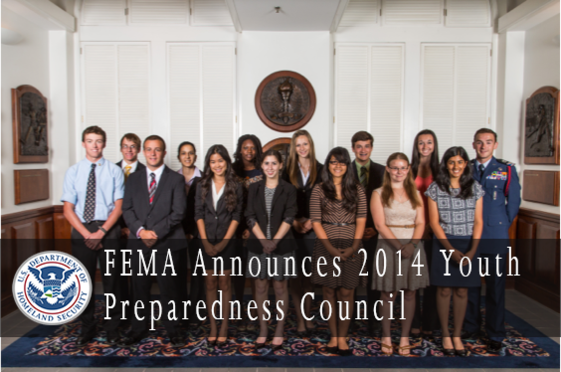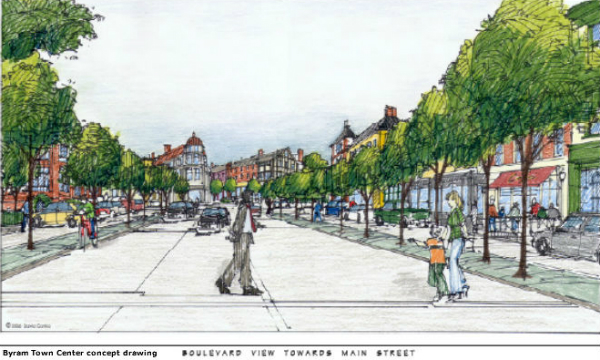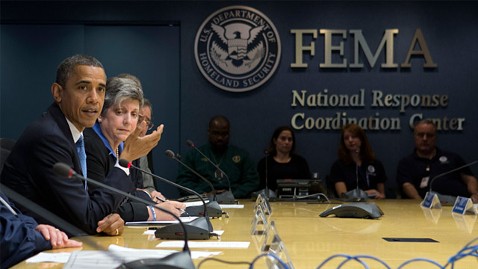The Federal Emergency Management Agency (FEMA) announced it is seeking applicants for its Youth Preparedness Council. The Council supports FEMA’s commitment to involving youth in preparedness-related activities and provides an opportunity for young people to offer their perspectives, feedback and insights on how to help make America more resilient.
“Young people play a key role in advancing emergency preparedness and informing our efforts,” said FEMA Administrator Craig Fugate. “The Youth Preparedness Council offers FEMA the unique opportunity to benefit from the perspectives of young people, while also empowering them to engage with their communities to increase readiness.”
FEMA’s Youth Preparedness Council was formed in 2012 to bring together youth leaders from across the country who are interested and engaged in advocating youth preparedness. Council members are selected based on their dedication to public service, their efforts in making a difference in their communities, and their potential to expand their impact as national advocates for youth preparedness.
The Council benefits from ethnic minority representation, as these communities experience uniqye challenges and difficulties preparing for, and recovering from, extreme weather events and disasters.
As advocates for preparedness, Council members will complete a self-selected youth preparedness project and have the opportunity to share their opinions, ideas, solutions and questions about youth disaster preparedness with FEMA leadership and national organizations working on preparedness initiatives. Members also have the opportunity to brief FEMA officials on strategies, initiatives and projects throughout their one-year term.
To apply, Youth Preparedness Council applicants must be 13 to 17 years old. They must also be engaged in individual and community preparedness or have experienced a disaster that motivated them to make a positive difference in their community. Individuals who applied for 2014 are encouraged to apply again. Current Council members have an option to extend for an additional year, upon FEMA request. Adults working with youth or on community preparedness are encouraged to share the application with young people who might be interested in applying for the Youth Preparedness Council.
To be eligible for consideration, applicants must submit a completed application form and two letters of recommendation. Completed applications and all supporting materials must be received no later than March 2, 2015, 11:59 p.m. EST. New Youth Preparedness Council members will be announced in May 2015.
FEMA’s mission is to support our citizens and first responders to ensure that as a nation we work together to build, sustain and improve our capability to prepare for, protect against, respond to, recover from and mitigate all hazards.
Anyone Can Start a Youth Preparedness Program!
The Federal Emergency Management Agency (FEMA), the Red Cross, and the Department of Education are proud to announce the publication of the National Strategy for Youth Preparedness Education: Empowering, Educating and Building Resilience. This document outlines a vision for a nation of prepared youth and provides nine priority steps that partners at the local, state, and national levels can take to help make that vision a reality.
Follow FEMA online at FEMA’s blog site, Twitter, Facebook and YouTube. Also, follow Administrator Craig Fugate’s activities at @CraigatFema.



